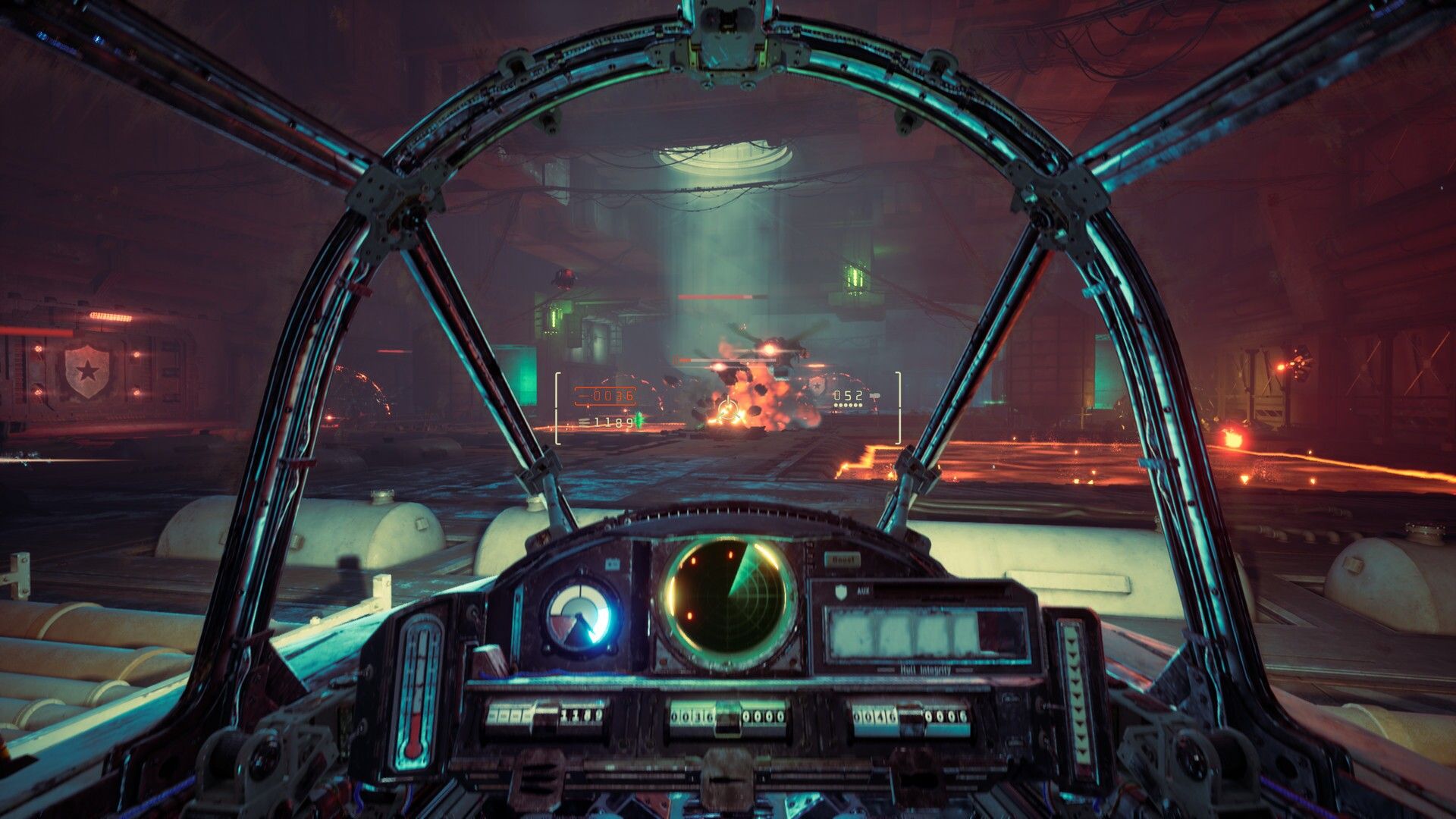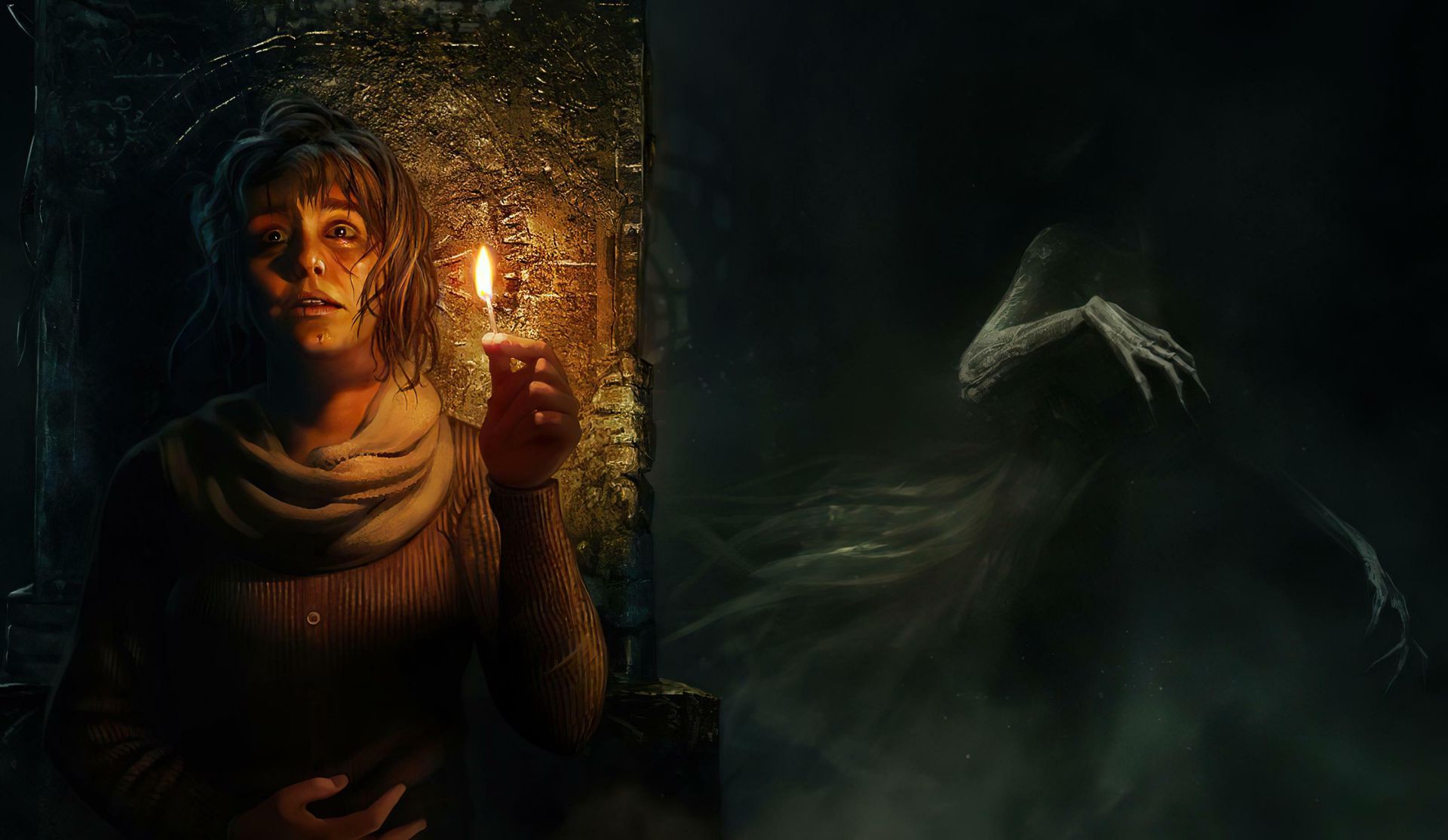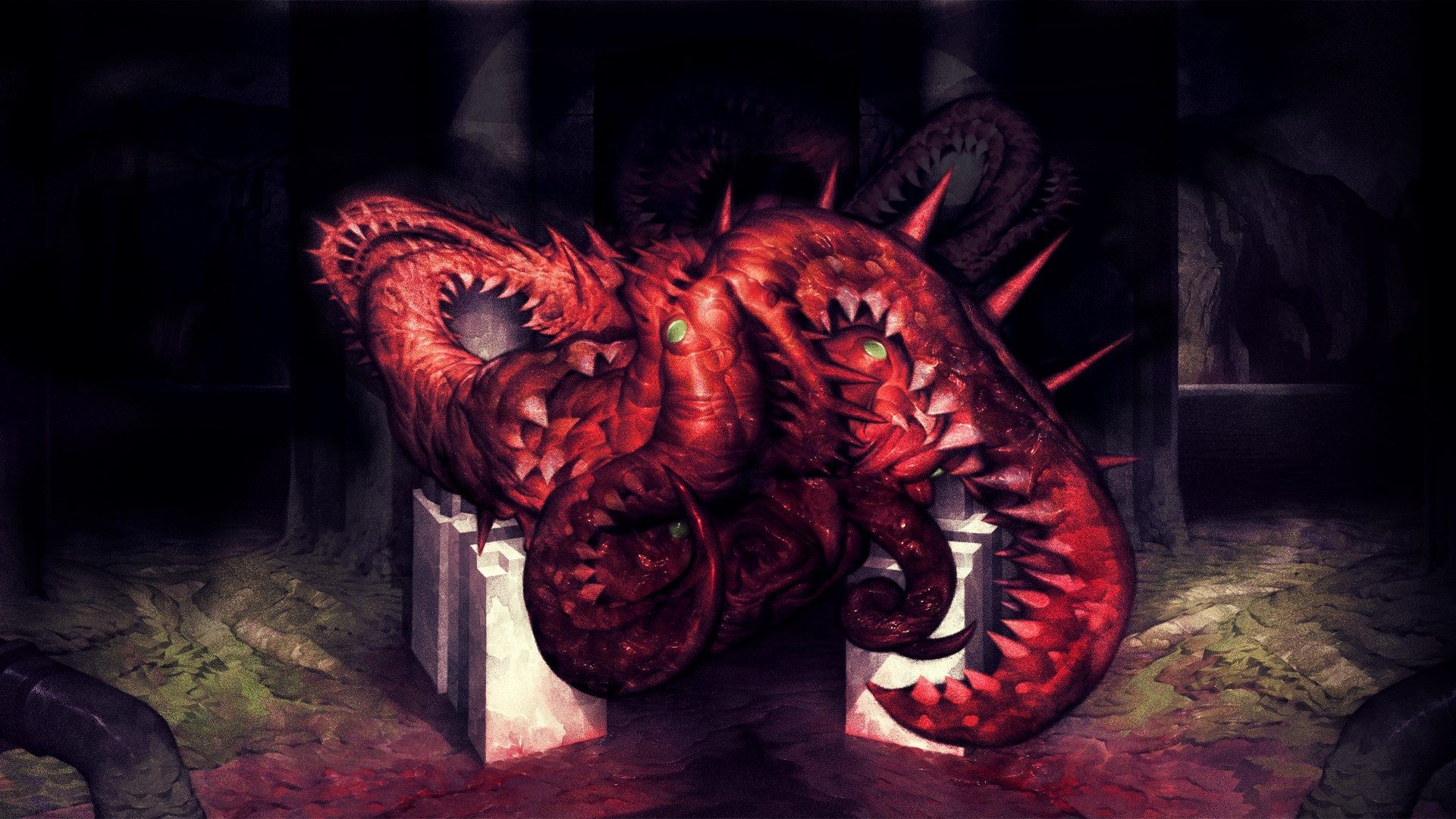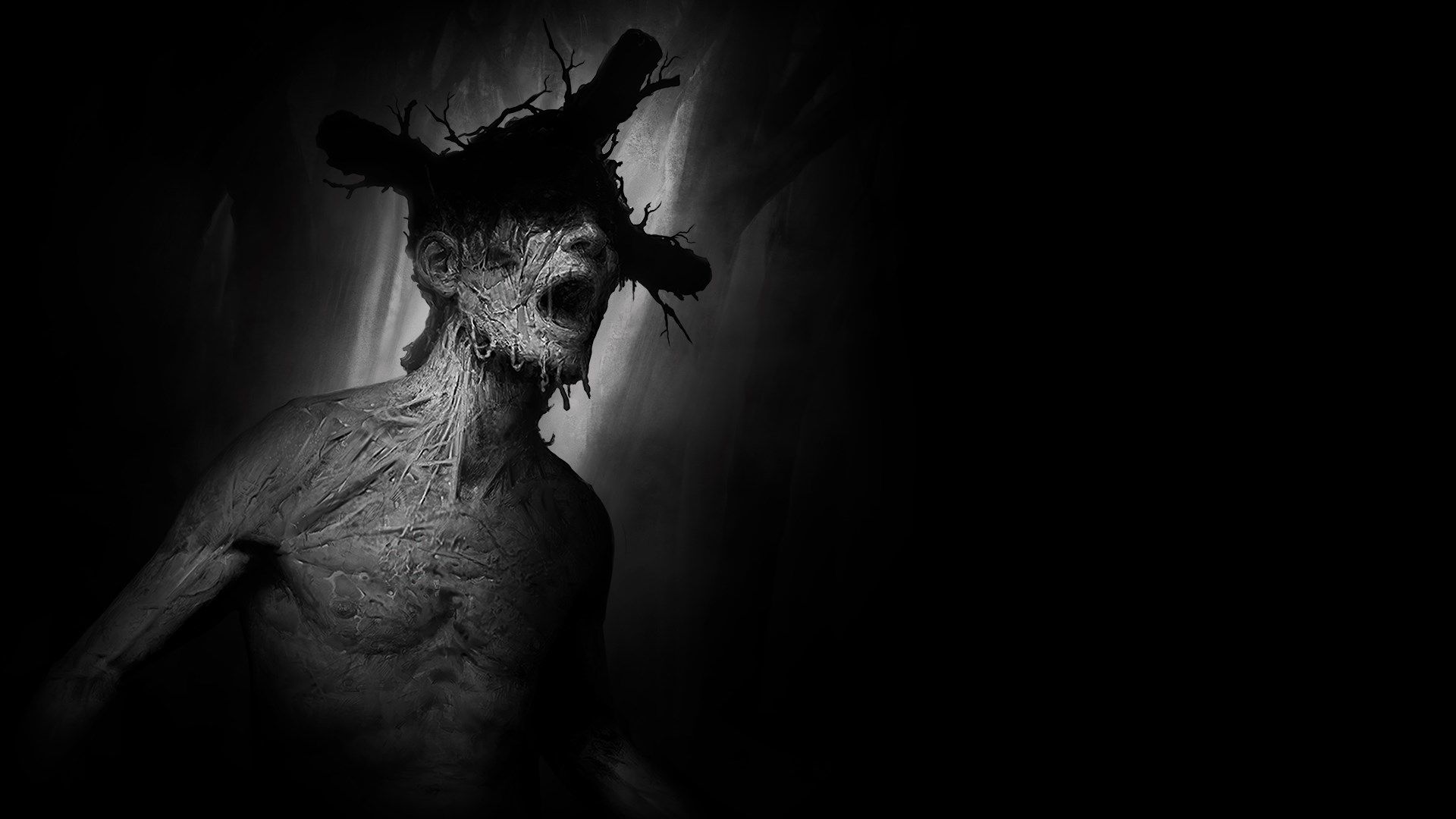The Thing
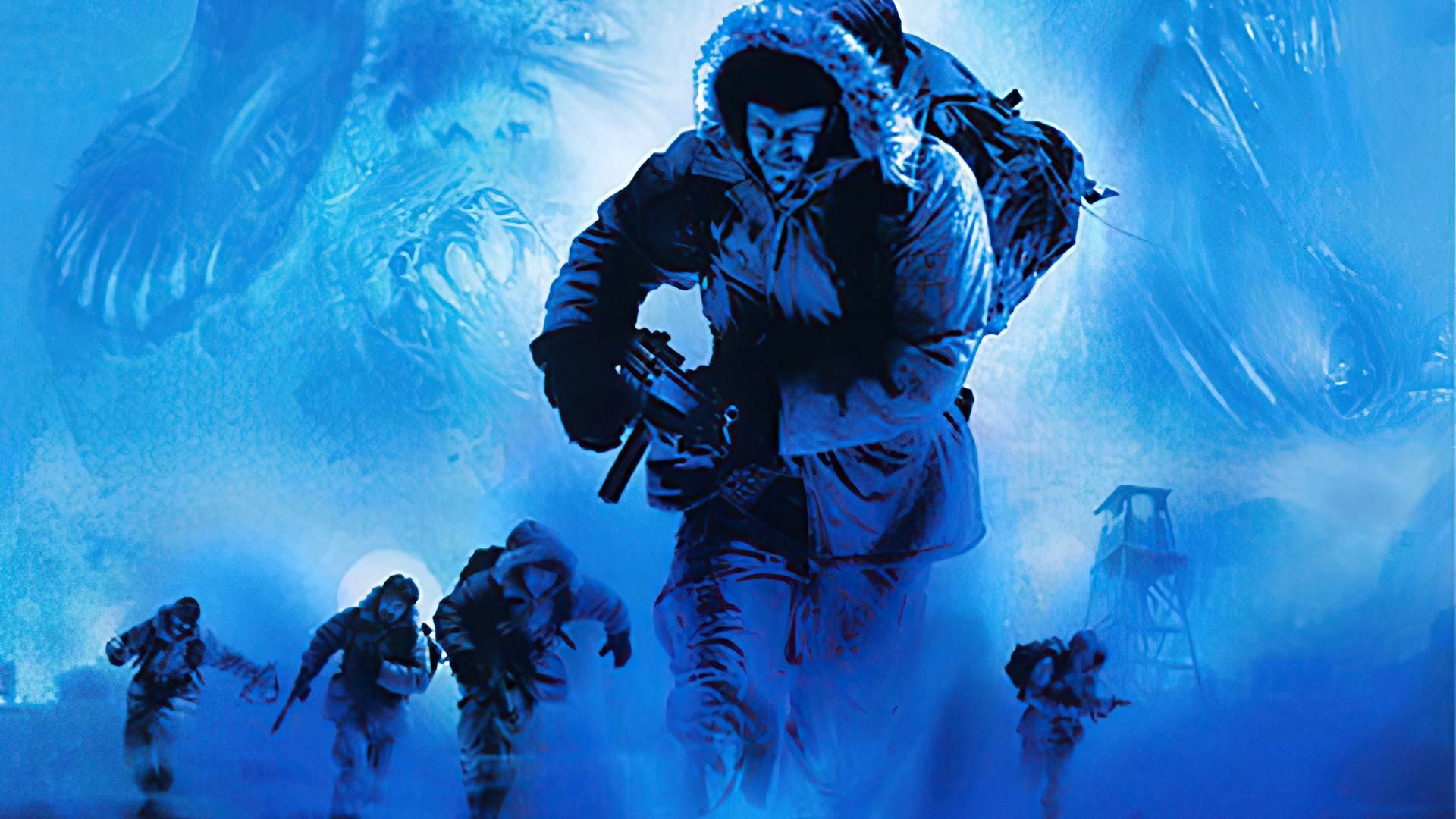
Tension Through Trust: A Psychological Survival Mechanic
The Thing stands apart from its survival horror peers by introducing a dynamic trust system. Squad members constantly assess your behavior, reacting with suspicion or loyalty depending on your choices. This uncertainty makes every interaction fraught with tension. Unlike scripted horror, the fear here is psychological — a slow erosion of social cohesion. It's a mechanic that rewards empathy and awareness but can be undermined by scripted betrayals that feel at odds with player effort.
Atmosphere and Environmental Design
The Antarctic setting is effectively oppressive, offering a sense of isolation that mirrors the original film’s paranoia. Snowy landscapes and claustrophobic interiors are drenched in tension, aided by a minimalist yet moody soundtrack. However, visual repetition in later levels reduces impact. While the environments serve the narrative well, their mechanical layout often sacrifices exploration for linearity.
Combat and Squad-Based Tactics
Combat is functional but limited. Gunplay lacks finesse, and hit feedback feels inconsistent. Where it shines is in squad utility — soldiers for firepower, engineers for access, medics for survival. Yet AI behavior is unreliable, sometimes creating frustration instead of challenge. Resource scarcity forces hard decisions, but clunky controls and inconsistent enemy encounters occasionally undercut the tension.
Narrative Integration and Franchise Legacy
As a direct sequel to John Carpenter’s 1982 film, The Thing respects its source with a story that expands the mythos without over-explaining it. Cutscenes are brief but effective, and the final act pays homage to the original while carving its own path. However, character development remains thin, and the pacing can be uneven. Still, for fans of the film, it’s a satisfying continuation that captures the spirit of cosmic dread.
Fear, Paranoia, and Sanity Mechanics
Sanity isn't a statistic — it's a creeping presence. Squadmates react to darkness, gunfire, and stress, and their morale directly affects survival. This design creates emergent storytelling moments: a trusted ally losing their nerve, an engineer breaking down mid-repair. These systems, while sometimes opaque, elevate the psychological weight of moment-to-moment decisions, making paranoia the most dangerous monster of all.
Game Mechanics
The Thing (2002) blends survival horror with tactical squad-based gameplay. Its mechanics center around trust, fear, and uncertainty, forcing players to constantly manage resources, allies, and paranoia.
-
Trust and Fear System
NPCs have varying levels of trust and fear towards the player, influencing their behavior. Trust can be built by providing weapons or healing, while fear can cause NPCs to panic or become hostile.
-
Infection System
Squad members can become infected by the Thing, sometimes unpredictably. Blood tests can identify infection, but some transformations are scripted, leading to sudden betrayals.
-
Squad-Based Gameplay
Players command a team comprising soldiers, medics, and engineers, each with unique abilities. Effective team management is crucial for survival and mission success.
-
Environmental Interaction
Players can interact with the environment by repairing fuse boxes, using computer terminals, and strategically setting fuel spills on fire to combat enemies.
Gameplay Tips
Survival in The Thing demands strategic planning and psychological management. These tips can help you maintain squad stability and survive unpredictable encounters.
-
Maintain Squad Morale
Regularly check on your team's trust and fear levels. Use adrenaline injections to calm panicked members and perform blood tests to reassure them of your humanity.
-
Resource Management
Conserve ammunition and health packs. Utilize environmental hazards to eliminate enemies without expending valuable resources.
-
Strategic Team Composition
Balance your squad with different roles. Engineers can repair essential equipment, medics heal the team, and soldiers provide combat support.
-
Save Frequently
Use tape recorders to save progress, especially before entering new areas or after significant events, to avoid losing progress due to unexpected enemy encounters.
Playstyles
How you compose and manage your team can drastically impact gameplay. These builds outline different approaches to overcoming the game's unique challenges.
-
Balanced Team Approach
Maintain a well-rounded team with at least one medic, engineer, and soldier to handle various challenges effectively.
-
Combat-Focused Team
Prioritize soldiers in your squad for increased firepower, useful in areas with high enemy density, but be cautious of reduced healing and repair capabilities.
-
Technical Specialist Team
Include multiple engineers to quickly repair equipment and access new areas, beneficial for exploration-focused players.
Inspirations and References
The Thing (2002) builds directly on John Carpenter’s film legacy, fusing cinematic horror with interactive tension and layered thematic influences.
-
John Carpenter's The Thing (1982)
The game serves as a sequel to the 1982 film, continuing the story and maintaining the film's themes of paranoia and isolation.
-
Lovecraftian Horror
Incorporates elements of cosmic horror and the fear of the unknown, drawing inspiration from H.P. Lovecraft's works.
-
Cold War Paranoia
Reflects themes of mistrust and the fear of infiltration prevalent during the Cold War era, aligning with the original film's subtext.
-
Survival Horror Genre
Builds upon mechanics popularized by games like Resident Evil, emphasizing resource management and atmospheric tension.
Final Verdict
The Thing (2002) is an ambitious survival horror title that transcends its era with bold psychological mechanics and a strong thematic connection to the film. Its trust and infection systems build suspense in ways few games dare attempt, turning every encounter into a test of paranoia. While uneven AI and repetitive environments occasionally undermine the tension, the game’s core design delivers an experience where fear is more than jump scares — it's a social contagion. For fans of strategic survival and atmospheric dread, The Thing remains a cult gem worth rediscovering.
Strengths
- Innovative trust and infection systems that enhance psychological tension.
- Authentic atmosphere that captures the isolation and paranoia of the film.
- Meaningful squad dynamics with distinct roles (soldier, medic, engineer).
- Respectful narrative continuation of John Carpenter’s original story.
- Sanity and morale mechanics create emergent, unscripted horror moments.
Weaknesses
- Occasionally clunky AI behavior undermines strategic planning.
- Gunplay lacks precision and impact, making combat feel inconsistent.
- Scripted character betrayals can break immersion and player trust.
- Visual environments grow repetitive over time, impacting pacing.
- Narrative depth and character development are underutilized.
Editorial Review

In this frozen tableau, whispers of forgotten dreams echo through the ice, weaving tales of fear and revelation. The Thing invites you to dance in the shadow of the unknown, where every step is a brush with madness.

The Thing's mechanics are an intricate web, where tension is meticulously crafted to ensnare the player. The interplay of trust and betrayal is a masterstroke, creating a haunting experience that manipulates both mind and heart.

The Thing is a poignant exploration of the human condition, where the cost of knowledge is a heavy burden. It is a reminder of the thin veil between understanding and despair, and the existential dread that lies beneath.

The Thing demands precision and strategy, punishing those who fail to navigate its treacherous paths. Survival is a game of calculated risks, where every misstep could be your last.
You might also like
About the author

